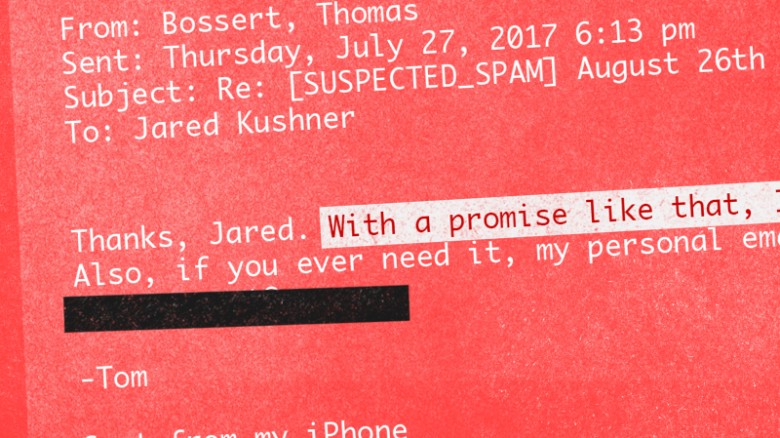Spoofing
August 2017: The month in email
Hello! Hope all are keeping safe through Harvey, Irma, Katia and the aftermath. I know many people that have been affected and are currently out of their homes. I am proud to see so many of my fellow deliverability folks are helping our displaced colleagues with resources, places to stay and money to replace damaged property.
Here’s a mid-month late wrapup of our August blog posts. Our favorite part of August? The total eclipse, which was absolutely amazing. Let me show you some pictures.



Ok, back to email.
We’re proud of the enormous milestone we marked this month: ten years of near-daily posts to our Word to the Wise blog. Thanks for all of your attention and feedback over the past decade!
In other industry news, I pointed to some interesting findings from the Litmus report on the State of Email Deliverability, which is always a terrific resource.
I also wrote about the evolution of filters at web-based email providers, and noted that Gmail’s different approach may well be because it entered the market later than other providers.
In spam, spoofing, and other abuse-related news, I posted about how easy it is for someone to spoof a sender’s identity, even without any technical hacks. This recent incident with several members of the US presidential administration should remind us all to be more careful with making sure we pay attention to where messages come from. How else can you tell that someone might not be wholly legitimate and above-board? I talked about some of what I look at when I get a call from a prospective customer as well as some of the delightful conversations I’ve had with spammers over the years.
In the security arena, Steve noted the ongoing shift to TLS and Google’s announcement that they will label text and email form fields on pages without TLS as “NOT SECURE”. What is TLS, you ask? Steve answers all your questions in a comprehensive post about Transport Layer Security and Certificate Authority Authorization records.
Also worth reading, and not just for the picture of Paddington Bear: Steve’s extremely detailed post about local-part semantics, the chunk of information before the at sign in an email address. How do you choose your email addresses (assuming they are not assigned to you at work or school…)? An email address is an identity, both culturally and for security purposes.
In subscription best practices — or the lack thereof — Steve talked about what happens when someone doesn’t quite complete a user registration. Should you send them a reminder to finish their registration? Of course! Should you keep sending those reminders for 16 months after they’ve stopped engaging with you? THE SURPRISING ANSWER! (Ok, you know us. It wasn’t that surprising.)
Email pranks and spoofing
Earlier today a twitter user calling himself Email Prankster released copies of email conversations with various members of the current US administration. Based on his twitter feed, and articles from BBC News and CNN, it appears that the prankster forged “friendly from” names in emails to staffers.
A bunch of folks will jump on this bandwagon and start making all sorts of claims about how this kind of thing would be prevented if the Whitehouse and other government offices would just implement DMARC. Problem is, that’s not true. It wouldn’t have helped at all in this case. Looking at the email screenshots all of the mail seems to come from legitimately registered addresses at free email providers like mail.com, gmail.com, and yandex.com.
One image indicates that some spam filter noticed there may be a problem. But apparently SUSPECTED_SPAM in the subject line wasn’t enough to make recipients think twice about checking the email.
The thing is, this is not “hacking” and this isn’t “spear phishing” and it’s not even really spoofing. It’s social engineering, at best. Maybe.
Yahoo Statement on DMARC policy
Yesterday Yahoo posted a statement about their new p=reject policy. Based on this statement I don’t expect Yahoo to be rolling back the policy any time soon. It seems it was incredibly effective at stopping spoofed Yahoo mail.
Read More